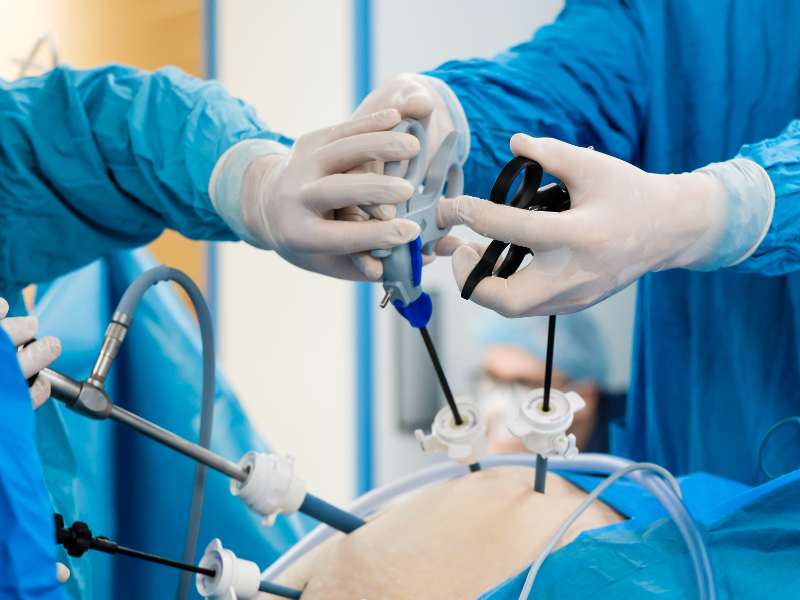The Ultimate Guide to Surgical Instruments: Types, Uses, and Maintenance
Introduction
Surgical instruments are crucial in medical procedures, ensuring precision, safety, and effectiveness in every operation. Whether you’re a healthcare professional, a medical student, or a procurement specialist, understanding the different types of surgical tools, their uses, and proper maintenance is essential. In this guide, we will explore the most commonly used surgical instruments, their applications, and best practices for their maintenance and sterilization.
Types of Surgical Instruments and Their Uses
Surgical instruments are classified based on their function. Here are the main categories and their uses:
1. Cutting and Dissecting Instruments
These tools are designed to cut through tissues and dissect anatomical structures.
- Scalpels & Knives – Used for precise incisions.
- Scissors – Designed for tissue dissection and suture cutting.
2. Grasping and Holding Instruments
These instruments help in holding tissues or other instruments firmly.
- Forceps – Used to grasp tissues or objects during surgery.
- Artery Forceps – Essential for clamping blood vessels to control bleeding.
3. Retracting and Exposing Instruments
These are used to hold tissues away for better visibility and access.
- Retractors – Keep tissues or organs aside to expose the surgical site.
- Sponge and Dressing Forceps – Assist in handling sponges or dressings.
4. Probing and Dilating Instruments
These tools help in exploring cavities, ducts, or wounds.
- Probes – Used to explore wounds, tracts, or fistulas.
- Cotton Applicators & Spatulas – Used in minor procedures and dressing applications.
5. Suturing and Stapling Instruments
These instruments are used for wound closure after surgery.
- Suture Instruments – Used for stitching wounds and surgical cuts.
- Needle Holders – Designed to hold needles while suturing.
Best Practices for Surgical Instrument Maintenance
Proper maintenance of surgical instruments is essential to ensure longevity, efficiency, and patient safety. Follow these guidelines:
1. Cleaning
- Rinse instruments immediately after use to remove blood and debris.
- Use a mild detergent and warm water to clean them manually or with ultrasonic cleaners.
2. Sterilization
- Use autoclaving (steam sterilization) as the most effective method.
- For heat-sensitive instruments, consider ethylene oxide (ETO) sterilization.
- Always dry instruments completely before storing to prevent rusting.
3. Storage
- Store instruments in a clean, dry environment.
- Arrange them properly in surgical trays to avoid damage.
- Regularly inspect instruments for wear and tear to ensure optimal performance.
Why Choose High-Quality Surgical Instruments?
Investing in premium-quality surgical instruments enhances surgical precision and reduces the risk of complications. Cassiopeia Globals LTD provides top-grade medical equipment designed to meet the highest industry standards.
👉 Looking to purchase high-quality surgical instruments? Contact Us Today!
Conclusion
Surgical instruments are essential tools in medical practice, and their proper selection, use, and maintenance can significantly impact patient outcomes. By understanding the types, uses, and care procedures, healthcare professionals can ensure optimal performance and durability of their instruments.
For premium surgical tools and expert assistance, Cassiopeia Globals LTD is your trusted partner. Explore our range today!
📞 Have questions? Need assistance? Get in touch with us here!





